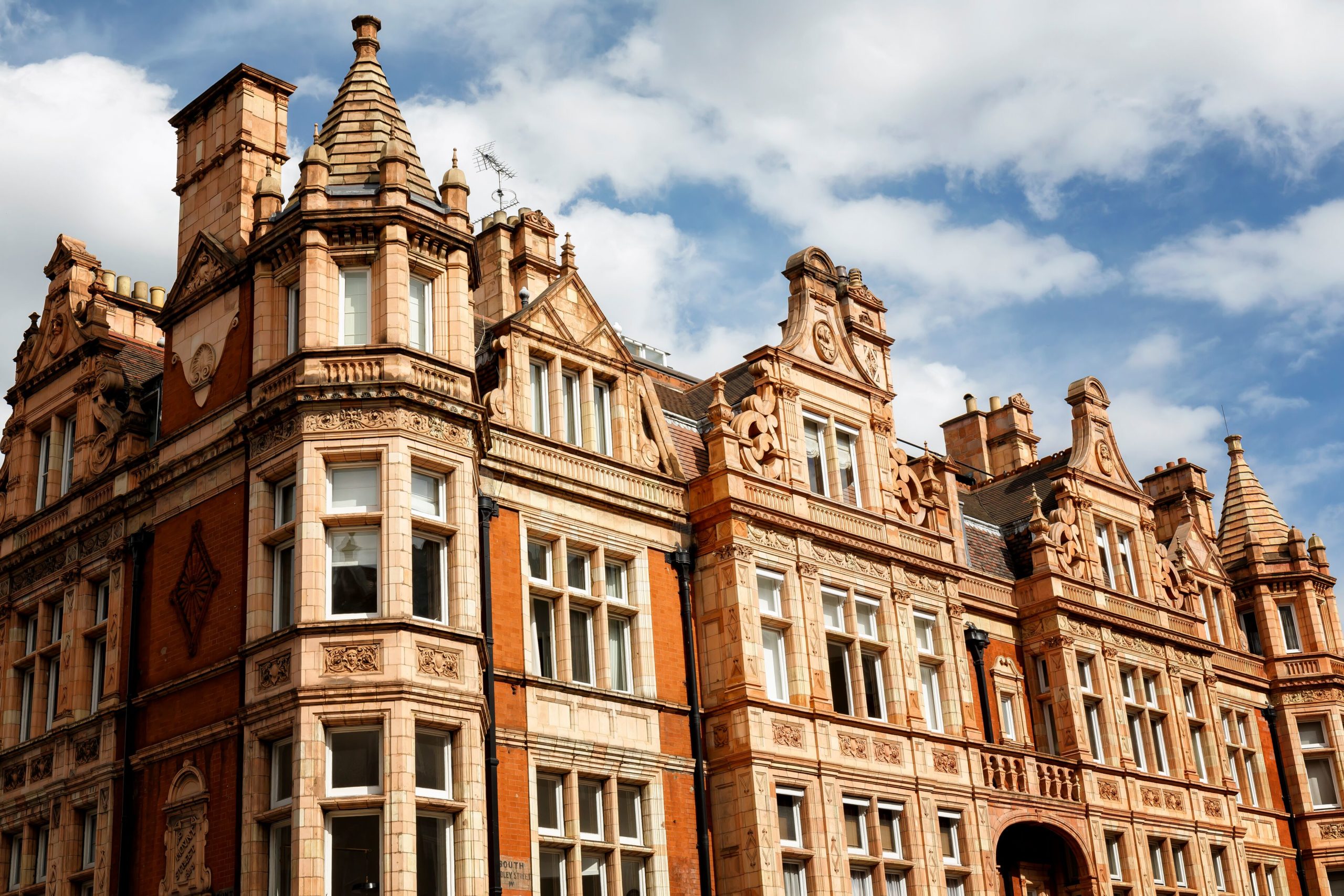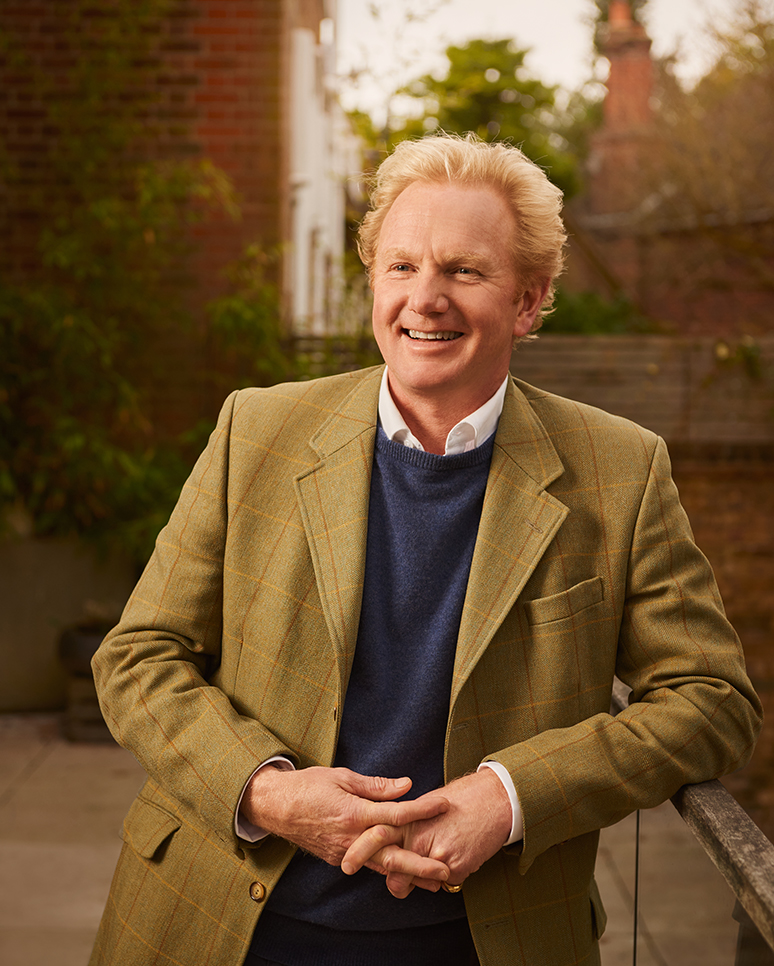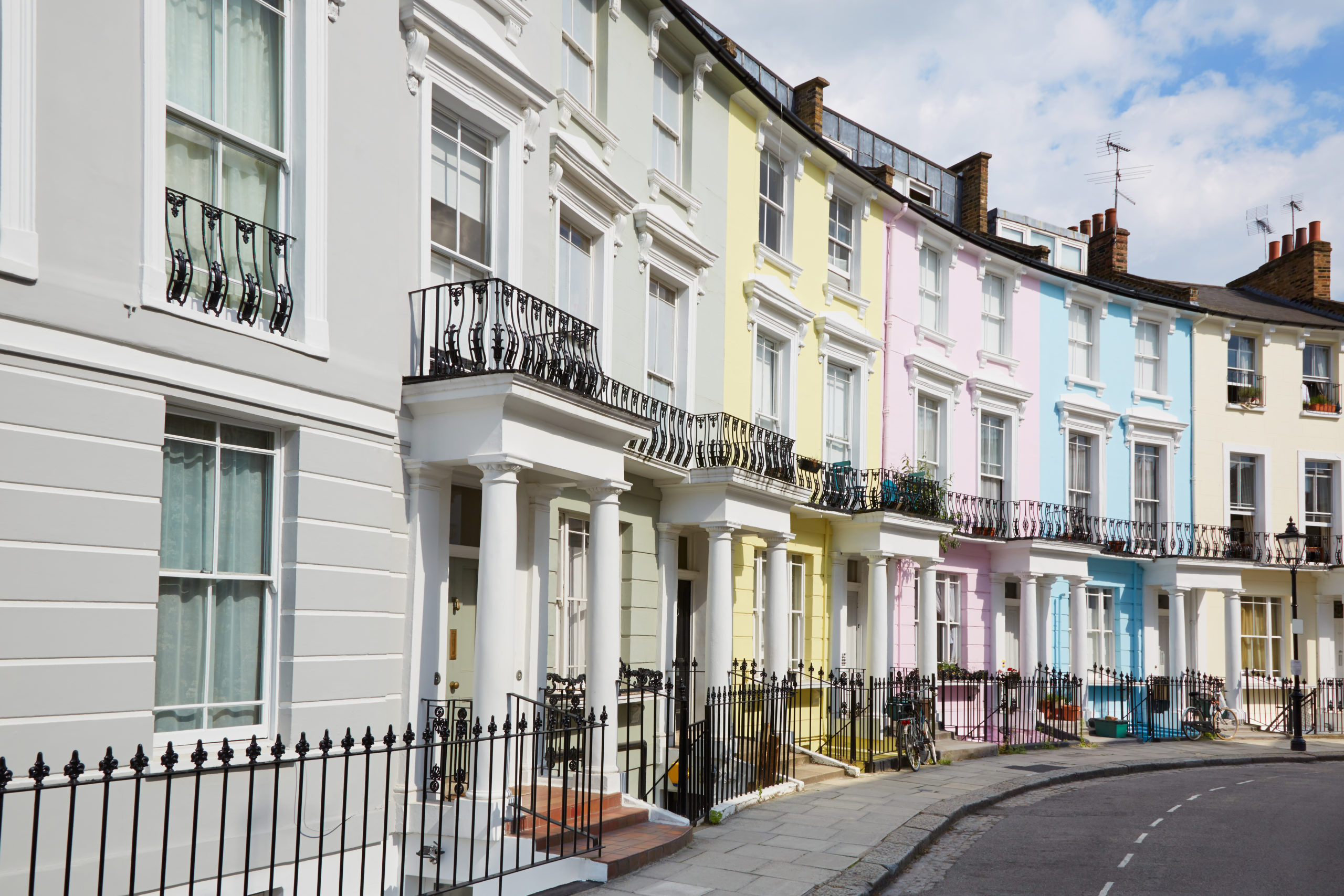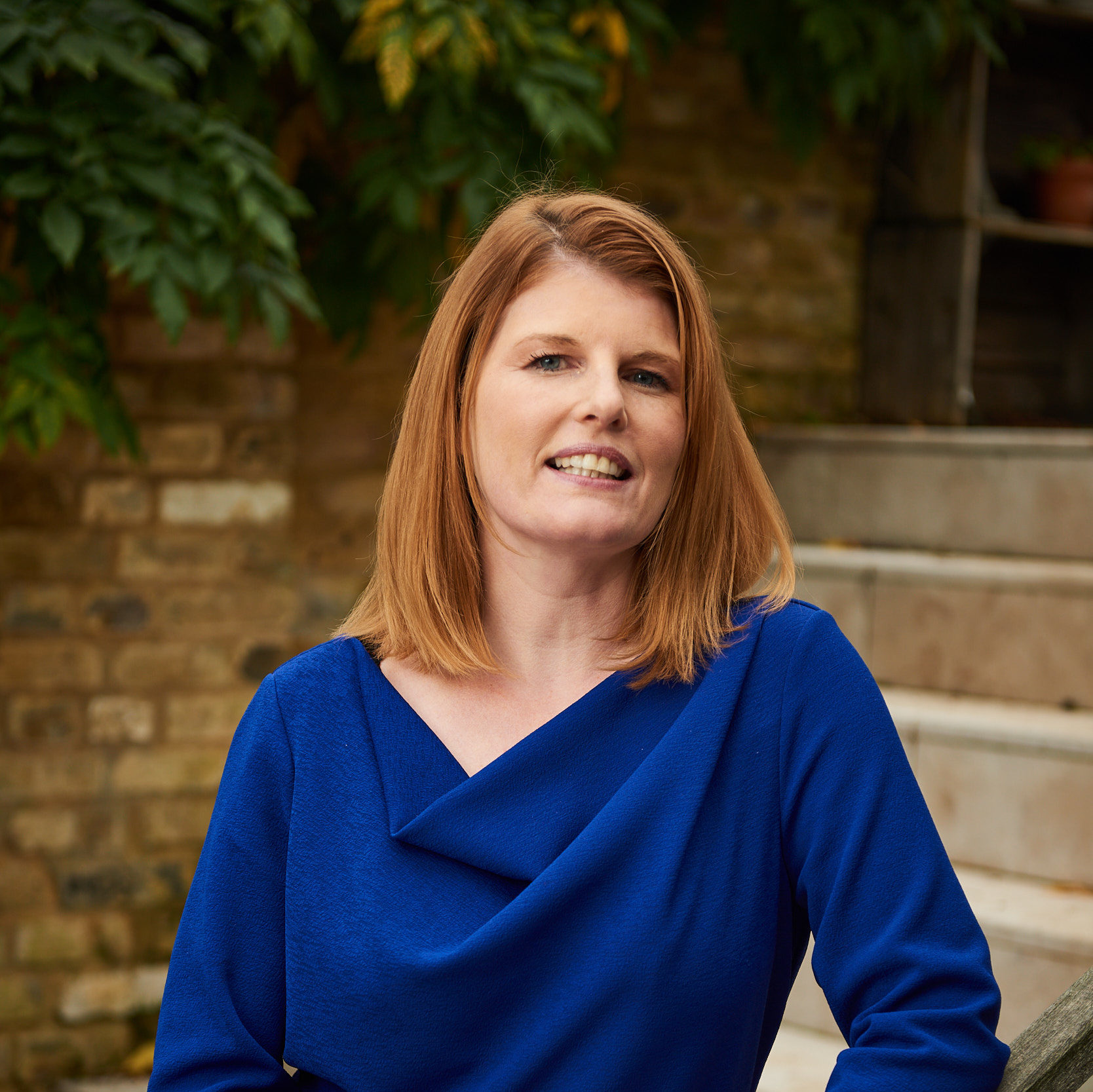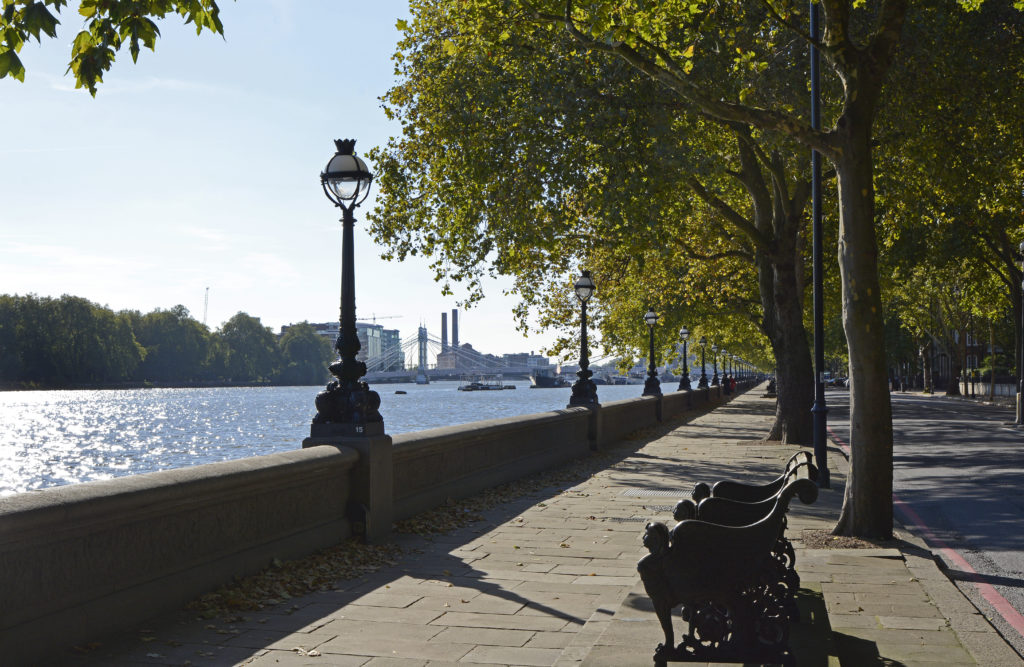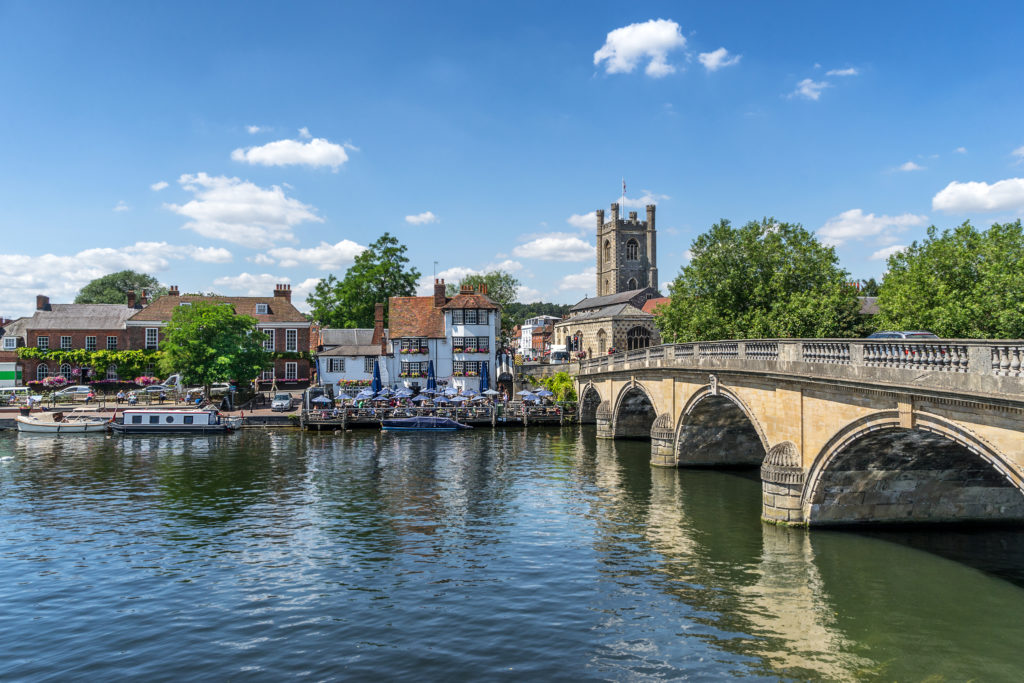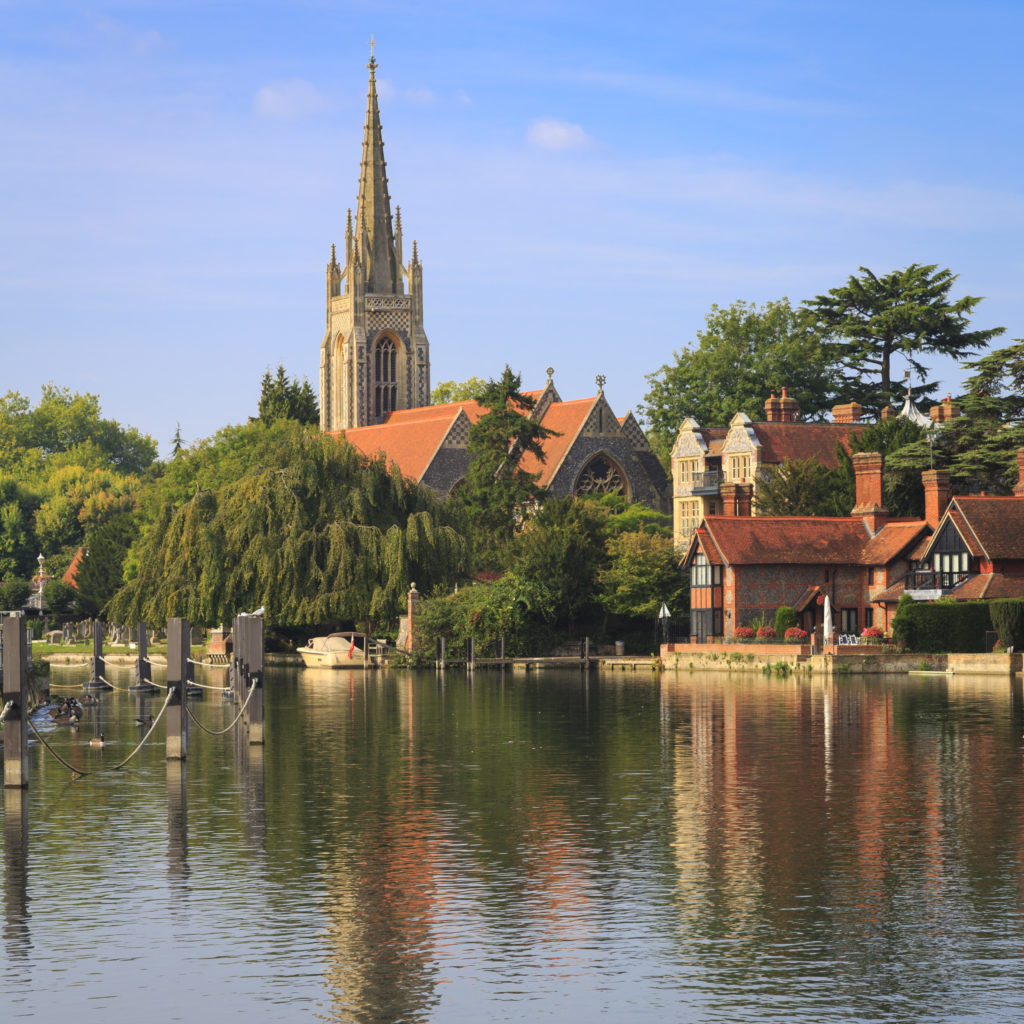Buying a house can be daunting and stressful at the best of times, but what if your dream home came with the responsibility of owning a piece of Britain’s history? For nearly half a million home owners in the UK this is a reality if they own a listed building, in other words, a building that has been judged to be of national importance for its architectural or historic interest.
Whether it’s a chocolate box cottage, a city town house or a sprawling country estate, the joys of owning a small part of our heritage can be immensely satisfying and rewarding. Listed homes are usually lovely to look at and are – full of character and history – this is what attracts people to them in the first place. There can, however, be downsides. Here are some key points to consider before buying a listed building.
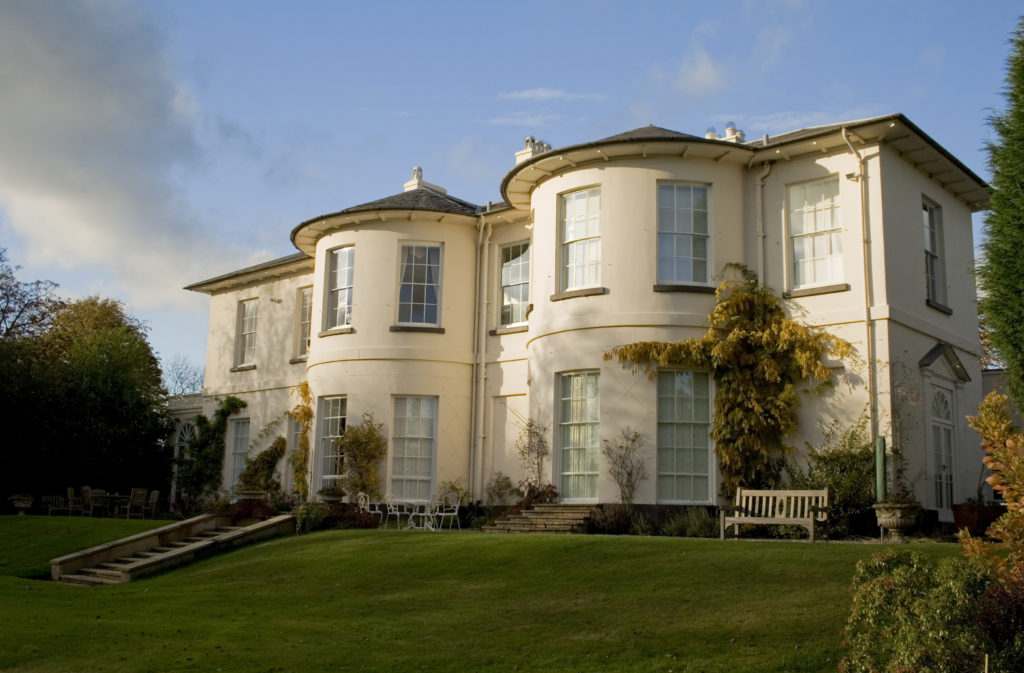
1. Love what you see
Make sure you really like what is there when you purchase as you may be stuck with it. If you are considering making changes after you purchase, make sure to consult a seasoned architect or planning advisor who is used to dealing with listed buildings and has a good relationship with the Conservation Officer within the Council.
The law requires that listed building consent be granted by the local planning authority in conjunction with English Heritage for any alterations which affect the character of the listed building. The controls don’t normally extend to replacing the bathroom suite or kitchen units but most other alterations will require consent. If in doubt, speak to the Listed Property Owners Club, your local planning authority or your dedicated buying agent.
2. Alterations are difficult but not always impossible
Remember, it is often easier to make additions to listed houses than to remove or change anything existing. Adding an extension or indoor pool which doesn’t alter the main property is likely to be easier than removing an original feature, however small, even if it’s a fireplace or internal wall. If a feature is specifically mentioned in the official listing document, you haven’t got much of a chance in changing it, so check this very carefully (these can be found online here).
Grade I and II* are the higher grades which represent only the top 7% of listed buildings. Most buildings are listed Grade II. If you apply for listed building consent to make alterations, greater weight will be given to preserving the architectural and historic significance of the more highly graded buildings. English Heritage will also be consulted on these applications. It’s worth bearing in mind that all buildings are listed with a view to preserving their character, whatever the grade.
3. Beware of historic work on the property
Check the building’s listing date and any works carried out by the current or previous owners since that date have been done correctly, with appropriate listed building consent and, if relevant, planning permission. If the property does not correspond exactly with the approved plans on the consents, you as the new owner may be the one who has to reinstate any previous works. Beware of Enforcement Action.
There is no time limit to when a local planning authority can require unauthorised alterations to be reversed. It goes without saying that you need to be very cautious if you suspect alterations have been made without consent.
When a building is listed the whole building is protected, inside and outside. In fact, statutory protection extends to the building itself, anything attached to the building and any building within the curtilage of the building. If it transpires unauthorised changes have been made to the property by a previous owner, this may have an impact on you being able to mortgage the property and insure it.
4. Think seasonal
If you’re buying in the summer, make sure the property is going to be warm enough in the winter. Old windows can often be drafty and gaining consent for double glazing is usually not possible
5. Make sure you’re covered
Be prepared for larger insurance premiums if the property is listed similar to if it is thatched. With any insurance quotes you get, make sure you read the policy and check exactly what you will be insured for as many people make the mistake of being under insured A policy obtained from an online comparison site is unlikely to be sufficient. Check that the provider will cover the full cost of a rebuild to the conservation officer’s standards should the situation arise.
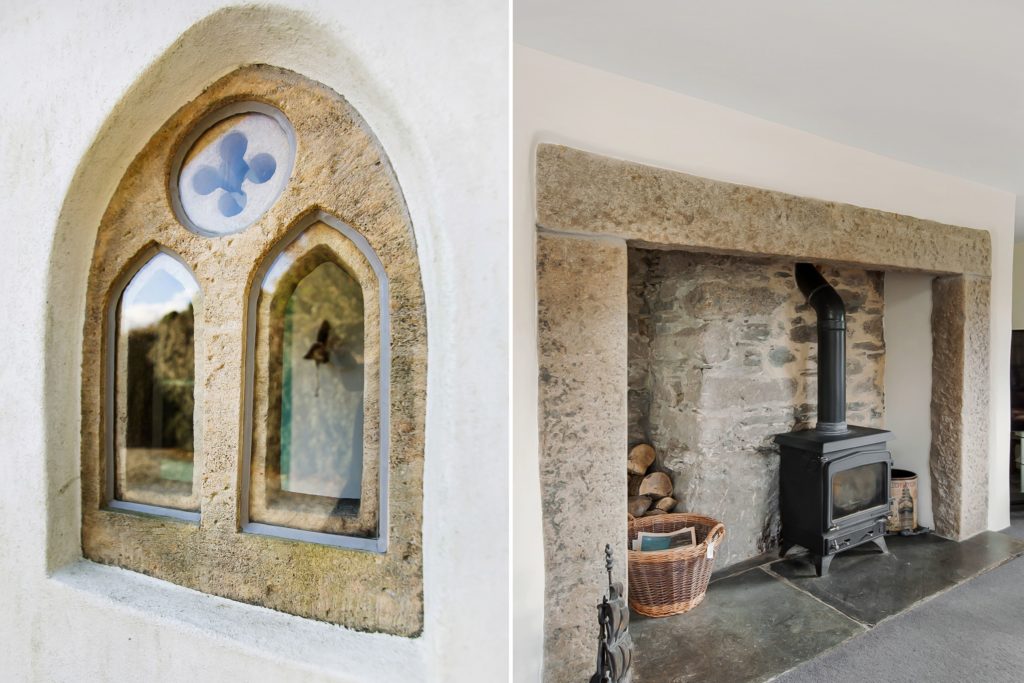
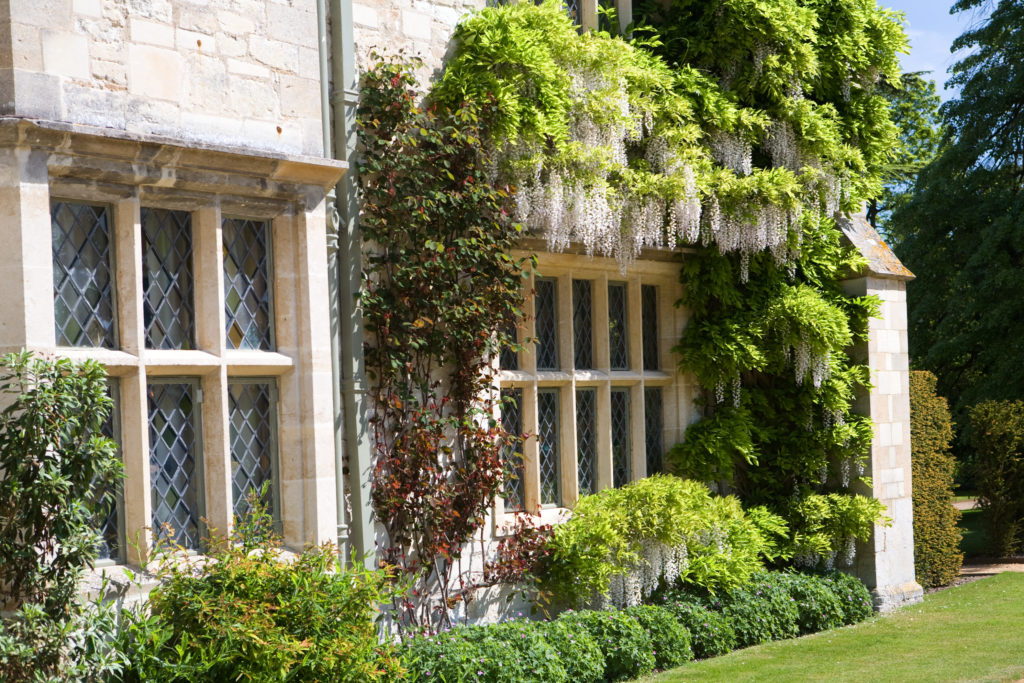
The Listed Property Owners’ Club is Britain’s only advice service dedicated to helping members get the most from their homes by providing detailed guidance, information and support for just about every conceivable issue associated with ownership.
A reputable buying agent will have good knowledge of these issues and make introductions to appropriate experts prior to purchasing to avoid clients inheriting these problems.
The Buying Solution’s team has over 200 years of collective experience in purchasing listed buildings, we pride ourselves on giving our clients the best advice which is part of our winning edge in ensuring they buy the right property for their needs.
